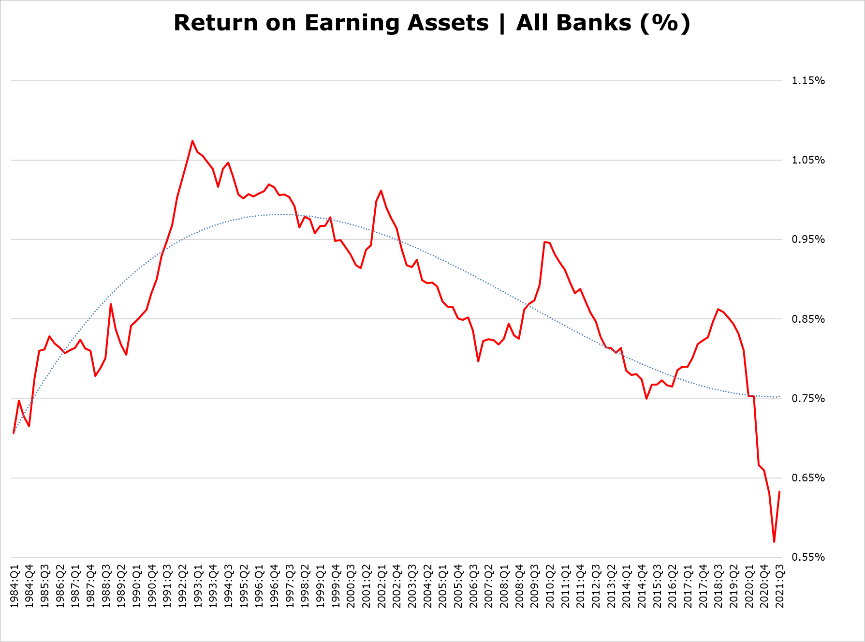Revolutionizing Drug Development: D-Wave's Quantum-AI Approach

Table of Contents
The Current Landscape of Drug Discovery
The current drug discovery process is a lengthy and expensive undertaking. Developing a new drug can take over a decade and cost billions of dollars, with a high probability of failure. This is largely due to the immense complexity of biological systems and the limitations of classical computing in handling the vast amounts of data involved. Classical computers struggle to efficiently model and simulate the intricate interactions between molecules, hindering progress in several key areas.
- High computational cost of traditional molecular simulations: Simulating the behavior of molecules requires enormous computational resources, making many simulations impractical or impossible with classical approaches.
- Limited ability to explore vast chemical spaces: The sheer number of possible drug candidates is astronomical. Classical methods struggle to efficiently explore this vast chemical space to identify promising leads.
- Long lead times for drug development: The combination of complex simulations, extensive testing, and regulatory hurdles results in lengthy development timelines, delaying the availability of crucial new treatments.
D-Wave's Quantum Annealing: A Game Changer
D-Wave's approach utilizes quantum annealing, a type of quantum computation that excels at solving complex optimization problems. Unlike classical computers that process information in bits representing 0 or 1, quantum annealing leverages the principles of quantum mechanics, specifically superposition and entanglement. This allows D-Wave's quantum computers to explore multiple possibilities simultaneously, significantly accelerating the search for optimal solutions.
- Quantum superposition and entanglement: Quantum bits (qubits) can exist in a superposition, representing both 0 and 1 at the same time. Entanglement links the fates of multiple qubits, allowing for the exploration of a much larger solution space.
- Finding near-optimal solutions faster than classical algorithms: Quantum annealing excels at finding near-optimal solutions to complex optimization problems, significantly faster than classical algorithms could achieve.
- D-Wave's advantage in handling complex optimization tasks: D-Wave's unique quantum computer architecture is specifically designed for tackling the types of optimization problems prevalent in drug discovery, such as molecular design and protein folding prediction.
Applications of D-Wave's Quantum-AI in Drug Development
D-Wave's quantum-AI technology is already finding applications across various stages of the drug development pipeline. Combined with powerful machine learning algorithms, it offers significant advantages:
- Molecular design and optimization: Identifying potential drug candidates with desired properties becomes significantly faster and more efficient using quantum-assisted machine learning to explore vast chemical spaces.
- Predicting protein folding and interactions: Understanding how drug molecules interact with their target proteins is crucial. Quantum computing helps predict protein folding and interactions with greater accuracy and speed.
- Drug repurposing: Identifying existing drugs for new therapeutic applications can significantly reduce the time and cost of drug development. Quantum computing can accelerate this process by analyzing vast datasets of existing drugs and their interactions.
- Personalized medicine: Tailoring treatments to individual patients based on their genetic makeup and other factors is a promising area. Quantum computing can analyze complex patient data to identify optimal treatment strategies.
Case Studies and Real-World Examples
While many applications are still in the research and development phase, several promising examples highlight the potential of D-Wave's quantum-AI in drug discovery. (Specific examples of collaborations and projects with quantifiable results should be inserted here, citing relevant published research papers or industry reports when available.) For example, researchers have demonstrated the ability to significantly reduce the computational time required for specific molecular simulations, paving the way for more comprehensive studies.
Future Prospects and Challenges
The future potential of D-Wave's quantum-AI in drug development is vast. However, several challenges remain:
- Advancements in quantum hardware and software: Further improvements in qubit coherence and connectivity are needed to tackle even more complex problems. Sophisticated software tools are also essential to make quantum computing accessible to a wider range of researchers.
- Integration with existing drug development workflows: Seamless integration of quantum computing into existing drug discovery pipelines is crucial for widespread adoption.
- Addressing scalability and cost-effectiveness: Making quantum computing more scalable and cost-effective is vital for its broader implementation in the pharmaceutical industry.
- Regulatory considerations and validation of quantum-based results: Establishing robust validation methods for quantum-based results is crucial for regulatory approval of new drugs.
Conclusion
D-Wave's quantum-AI approach holds tremendous potential for revolutionizing the drug development process. By leveraging the power of quantum annealing and advanced AI algorithms, researchers can overcome current limitations, leading to faster, cheaper, and more effective drug discovery. While challenges remain, the ongoing progress in this field promises a future where new treatments are developed more efficiently and effectively, ultimately benefiting patients worldwide. To learn more about how D-Wave's technology is transforming the pharmaceutical industry, explore their resources and consider how quantum-assisted drug design can benefit your organization. Embrace the future of drug development with quantum-AI solutions.

Featured Posts
-
 Understanding The Market Reaction To Qbtss Next Earnings Release
May 20, 2025
Understanding The Market Reaction To Qbtss Next Earnings Release
May 20, 2025 -
 Watch Sandylands U Episode Guide And Air Times
May 20, 2025
Watch Sandylands U Episode Guide And Air Times
May 20, 2025 -
 Wayne Gretzkys Fast Facts A Career Overview
May 20, 2025
Wayne Gretzkys Fast Facts A Career Overview
May 20, 2025 -
 The Lasting Legacy Of Agatha Christies Poirot
May 20, 2025
The Lasting Legacy Of Agatha Christies Poirot
May 20, 2025 -
 Investigation Launched Into Racial Slur Accusations Against Wnba Player Angel Reese
May 20, 2025
Investigation Launched Into Racial Slur Accusations Against Wnba Player Angel Reese
May 20, 2025
